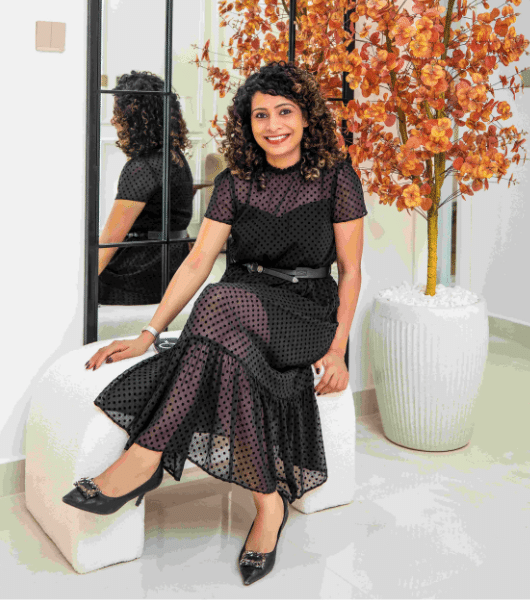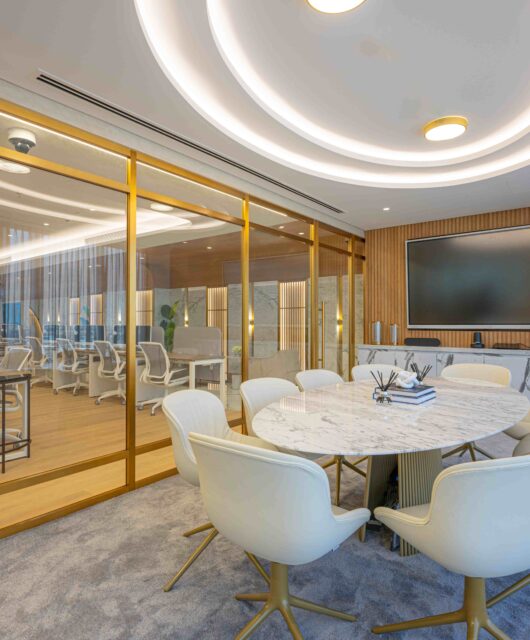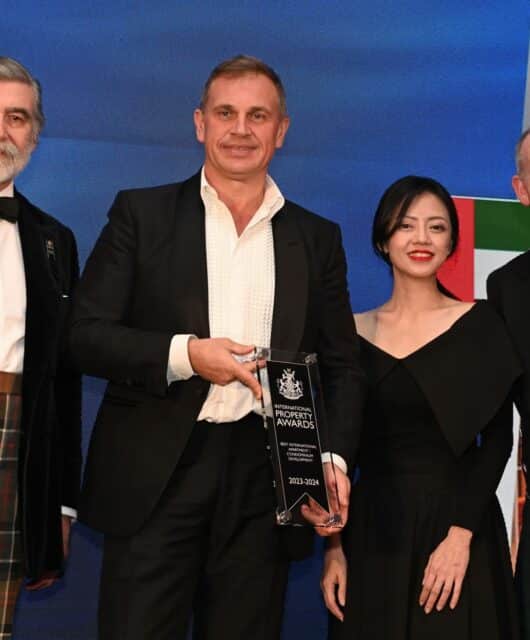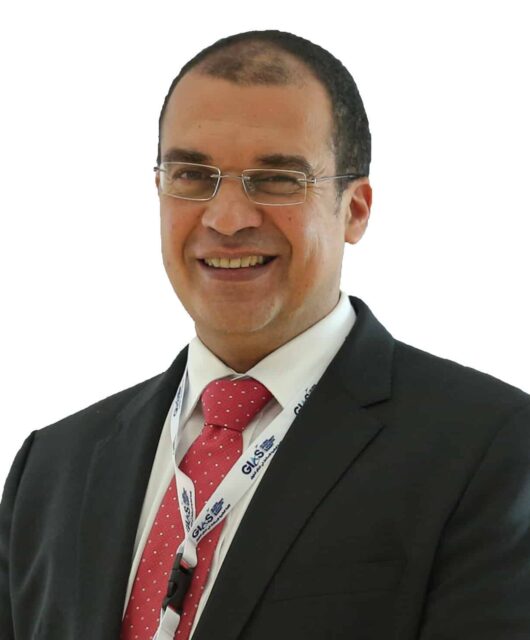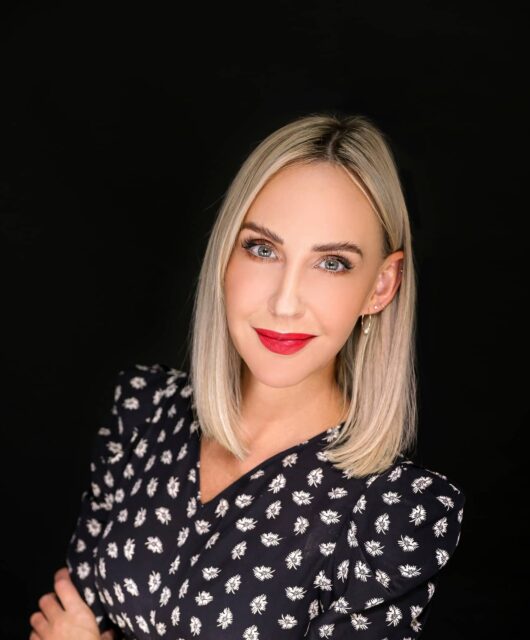Design Middle East had an exciting session of fit-out roundtable discussion at Chival Global Social, La Ville Hotel & Suites in Dubai. The agenda was to understand the challenges of the fit-out companies, decoding their business strategies, hits and misses of 2017, and the development plan for the coming new year. Here’s a round up of our roundtable discussion with our esteemed panelists answering every question that matters in the business
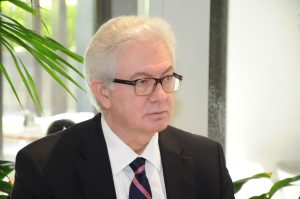
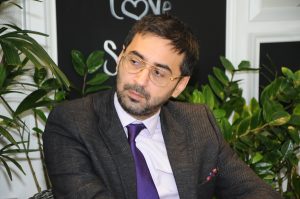
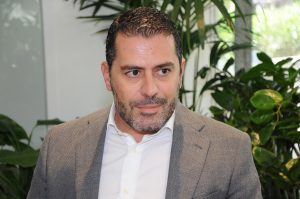
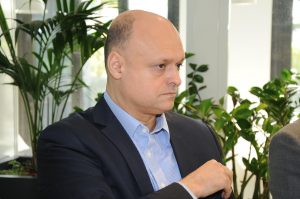
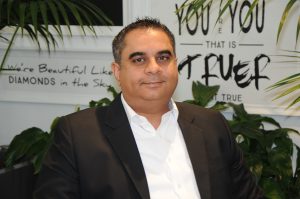
How was 2017 for you?
Vishal: We’re facing the issue where people do not have money but they want to do the fit-out. So, for us, 2017 was very slow. We’ve take taken a back foot, we have tried not to take any big orders because the payments are very slow. There is an increase in fit-out business in the market but a lot of projects are on hold. As per the contracts, we get progressively paid, so the final 30-40% of payment is still outstanding; it takes a year or two to get the money out. All the bigger brands are going to the malls and they’re not opening as many outlets as before. There were like 40 new openings every year, now it’s just 10-12 outlets per year.
Nagi: From the past few quarters, the development is slow and stagnated for a while. Given a diverse culture in this region, people have different taste and design preferences—they want new materials, new designs, and innovation play a major factor in growth in the coming years.
Esam: We faced challenges in terms of the market. The first six months of the year were very quite. The repeat customers sustained our business honestly. The year 2016 was excellent, so a lot of business forecast for 2017 was based on that which unfortunately didn’t go as per the prediction. We were very cautious in cherry picking our projects this year.
Dimitri: There are mega projects on the horizon, which everybody is anticipating like Dubai Creek Harbour, DWC, and Expo 2020—they’re real projects that will happen, but they keep shifting to the next quarter. About three-quarter of our clients are repeat ones and we’re selective in selecting the projects.
Ali: The year 2016 was good, the first half of 2017 was slow and there was payment crunch and we have to be selective with our clientele. The second half of 2017 has picked up in terms of signing the projects but eventually, the execution of the projects would not be fruitful until 2018.
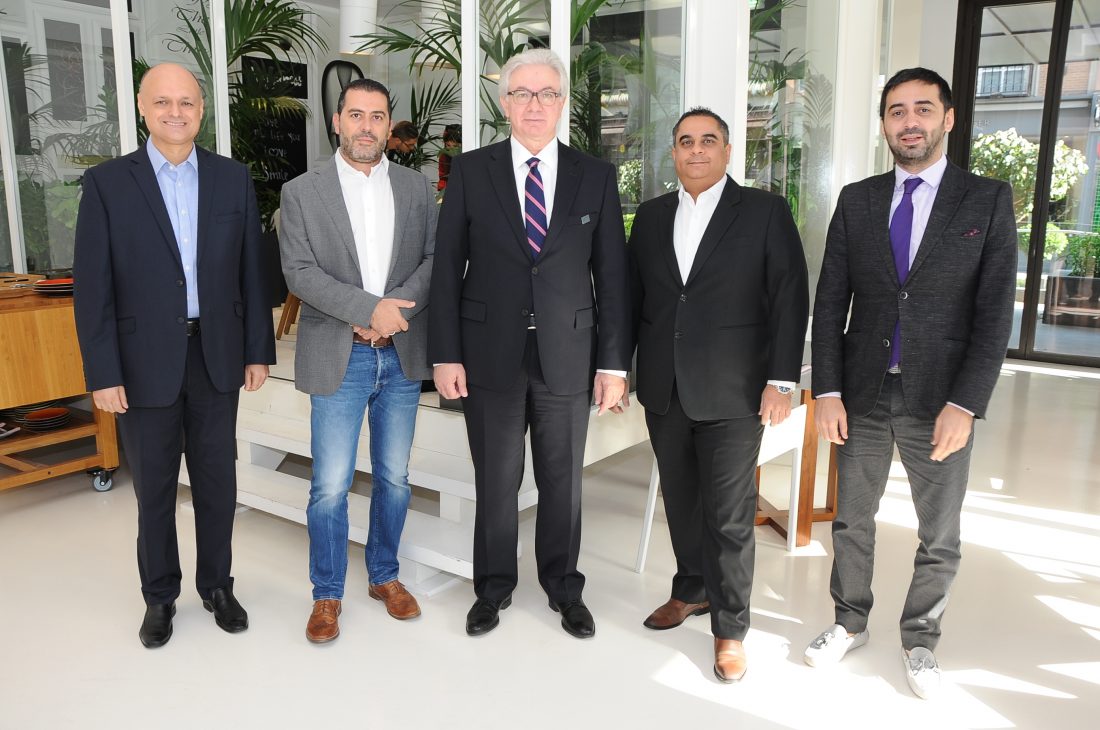 Challenging times
Challenging times
Vishal: One needs to have big cash flows to sustain in this market. One needs to understand that what market share you need to attain,—you want to do $20mn, $40mn, or $100mn a year of business? As the turnover increases, the profit decreases. The moment you start increasing your turnover, you will start relying on the banks, and the banks costs eat your profits away. A lot of patience is required, we don’t bother our clients for minimum 30 days, and after 30 days we start to discuss the money matters. Because the moment you start pushing the clients, they go to some other contractors at a ridiculous price.
Nagi: Now, that we know that the mega projects are sometimes put on hold, and takes time to complete. We should also focus on small, medium and refurbishment projects as well. They keep the momentum going and keeps us busy as well.
Dimitri: The contracts are still very one-sided and biased towards the clients. We generally work according to the FIDIC (International Federation of Consulting Engineers, which favours the clients. Unfortunately, this is unreasonable as we should be equal partners in the business. We generally walk away from projects, which would expose us to unnecessary risks. We have been successful in negotiating better advance payments. Another thing is that maintenance of good relationships is very important.
Esam: Higher volume projects have higher risks. We need to look for favourable terms for interior contractors, that we have to fight for. The projects, which are less than $10mn, the market still have clients that do pay. Anything-above $20mn, the risks are very high and you need to be patient with the payment. Medium level jobs work well; the jobs with payment cycle of 60-90 days require a lot of investment and time.
Ali: From the past experience of several years, the UAE region is better than other places like Morocco, Egypt, Jordan, and Saudi Arabia in terms of payment and execution of projects. The important factor that works well in favour of the UAE is that how good are you with your banks. If you’re getting strong banking facilities, then you would survive irrespective of 60 or 120 days of the payment cycle. Banks have a lot of liquidity in the UAE, though after the crisis in 2008, they’re very cautious and selective. The banks should sustain the clients and their projects that filter down to the small contractors who actually suffer the most. FIDIC has loopholes, which doesn’t cover the small and medium-sized contractors in a proper way.
Sustainable materials
Vishal: If you’re dealing with government entities, they are enforcing the green materials and they’re mainly involved in the construction process. Now coming to corporates, they hires interior design consultants to procure green products.
Nagi: In this regard, I believe lack of awareness and education is the main reason why people are not opting for the green materials. The developers should make the usage of green materials as a part of their business rather than an exception.
Esam: Government in Dubai and Abu Dhabi are making all the efforts to enforce green building materials, but it has not filtered down to the private sector unless they are mega projects. There are a lot of recycled products available in the market, but still there’s hardly any demand. The laws need to tighten and should put more pressure on the private sector.
Dimitri: The public sector is using a lot of green materials especially in their commercial spaces and retail but unfortunately nothing great is happening in the private sector. Ali: We are working on big projects, they are LEED oriented, we have to employ a LEED expert so that all the things including then certification is taken care. These are private and semi-private projects.
Ali: We are working on big projects, they are LEED oriented, we have to employ a LEED expert so that all the things including then certification is taken care. These are private and semi-private projects.
Emerging design trends
Vishal: For a corporate project, the minimalistic approach works better. I think a lot has to do with the individual and the culture that the person comes from. Different end users have different requirements.
Nagi: Preference to personal touches would be given more in the coming year—focus on exciting colours, rich patterns, and textures but in a minimalistic way.
Esam: We see a lot of copy paste design with some good elements. But what I see is emphasis on a lot of local homegrown designs by local international companies that understand the region better, their designs would filter in a better way than those trends coming from abroad. The year 2018 would see new material coming to the market. A lot of designs are repeated almost everywhere like cement floor, reclaimed wood, open ceilings—we need some creative designs in 2018.
Dimitri: We are very fortunate we get exposed to top of designs. Industrial, urban, and rustic look for F&B clients is still popular in the region. Ali: Personalisation has become a big factor in design elements. In 2018, the new designs would come, the hotels would be more vibrant.
Ali: Personalisation has become a big factor in design elements. In 2018, the new designs would come, the hotels would be more vibrant.
What are your expectations from 2018?
Vishal: In 2017, we have not done very well, so I want to wait and watch what 2018 has in store for us. We are focusing on smaller projects and not large-scale ones, and we’re facing a lot of competition. The more market share I go for, I am exposing myself to more risks. There are nearly 170 employees, so I am just not risking myself, I will be risking the families of 170 people and I don’t want to do that. So, the aim is to wait and watch and grab the right opportunities in 2018.
Nagi: Our focus in 2018 would be on hospitality sector, also the residential units and this goes from mid to high-end projects. The interior design industry is one of the leading sectors in the markets; let’s look for different projects. More technology means more space, and more space means fit-outs. We don’t need so many people on receptions, people are doing online check-in and these trends are coming from abroad. So, it’s interesting how technology is making things simple and faster.
Esam: F&B market is still good despite some stagnation with operators here. Locally grown concepts are doing very well here. We are looking for some partnerships.
Dimitri: Everybody is concerned about Expo 2020, I am very curious to know that what will happen after Expo 2020? Though I am very hopeful that Dubai will always find a way to reinvent itself and when Expo 2020 gets over, there must be some other landmark event that would come up in the region. with big cash flows and opportunities for all.
Ali: We are targeting big projects that bring in big cash flows in the coming year, so picking the right project for us is very important. The more we get closer to Expo 2020; we do not have the luxury of time anymore. The projects have to be finished especially if they are targeted to open before Expo 2020.

